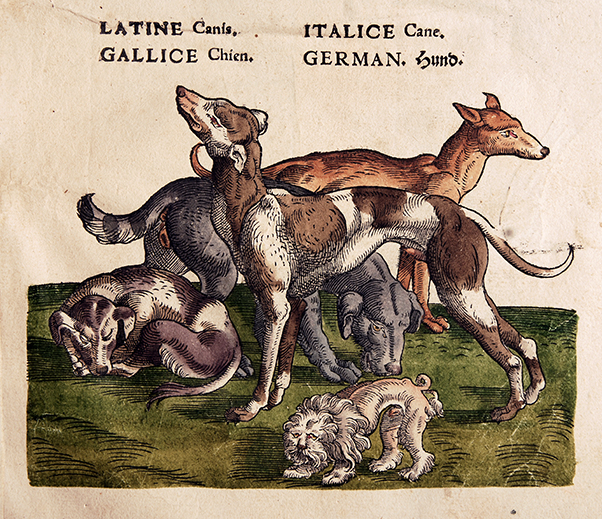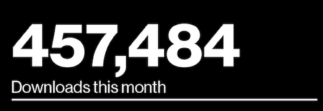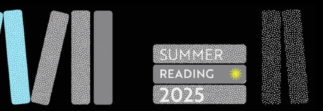
Hand colored woodcut from “Icones animalium quadrupedum uiuiparorum et ouiparorum” by Conrad Gessner, 1553
Animals have always fascinated humans: for centuries we’ve taxonomized, anatomized, and sometimes anthropomorphized our fellow creatures. Several animal species have been domesticated and bred for thousands of years, while others were hunted to extinction. Select species live in our homes as treasured parts of the family. Some serve as mascots for our institutions and sports teams. And for millennia, fantastic creatures have disturbed our sleep. The relationship between humans and animals is, in a word, complex.
Scientific approaches to the animal kingdom haven’t always been perfectly straightforward either. Why did the 16th-century publications of Conrad Gessner, the “father of zoology,” include animals that have never existed? How clear is the distinction between the purely analytical work of Linnaeus, and the more practical work of animal husbandry? Was John James Audubon truly a naturalist, or was he simply a painter of animals?
The upcoming exhibit, Quadrupedia, in the Libraries’ Maihaugen Gallery considers animals–quadrupeds in particular–and the way we’ve viewed them through the centuries. Classic works by Linnaeus, Cuvier, Buffon, Gessner, Audubon, and others will be on display. Join us as we examine the intersections of science and art, reality and fantasy, human and animal.


